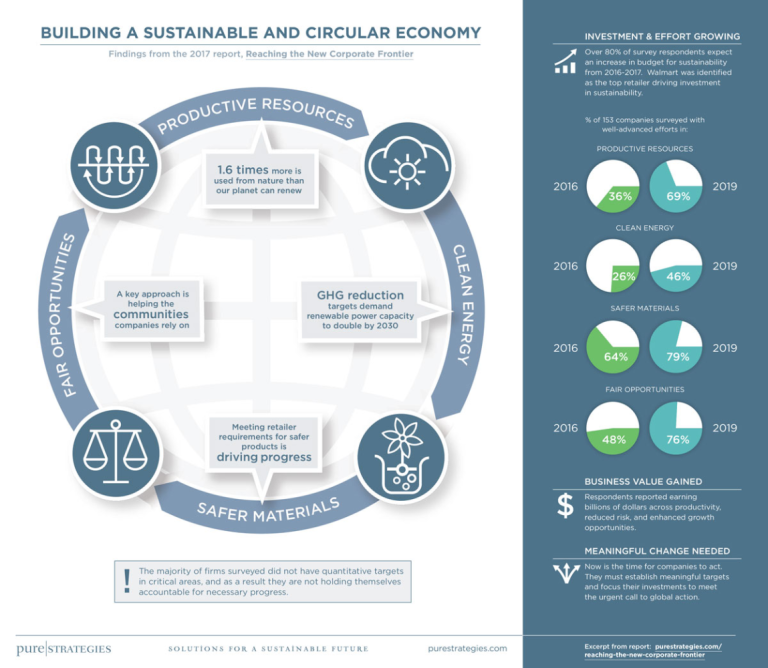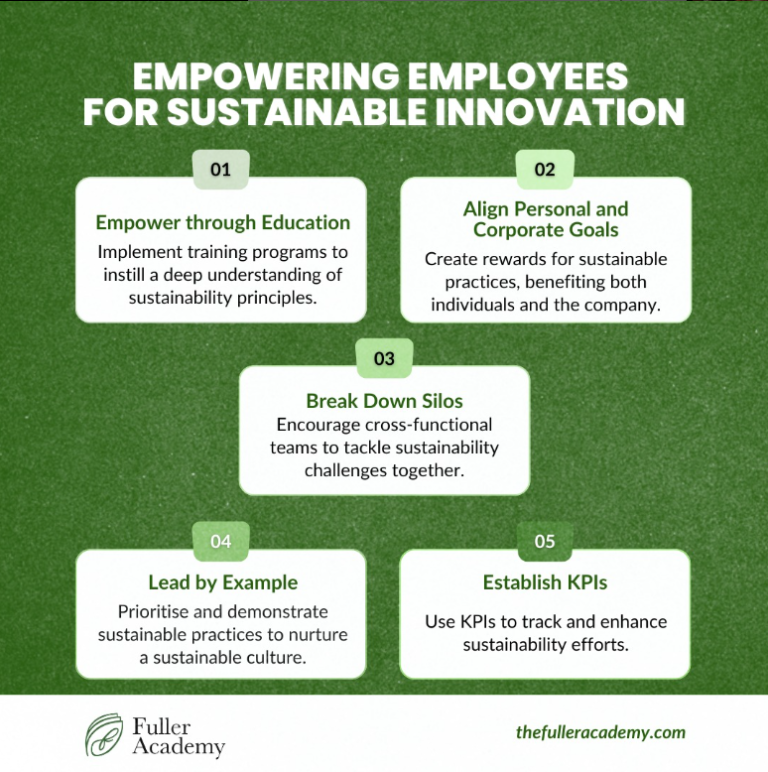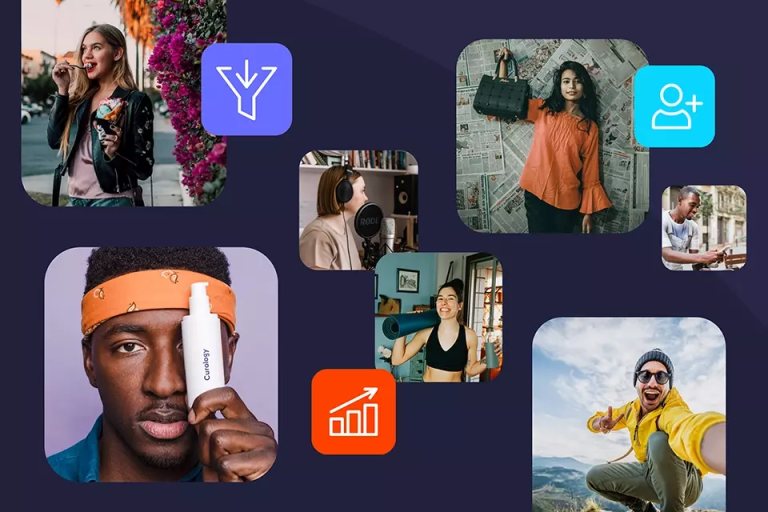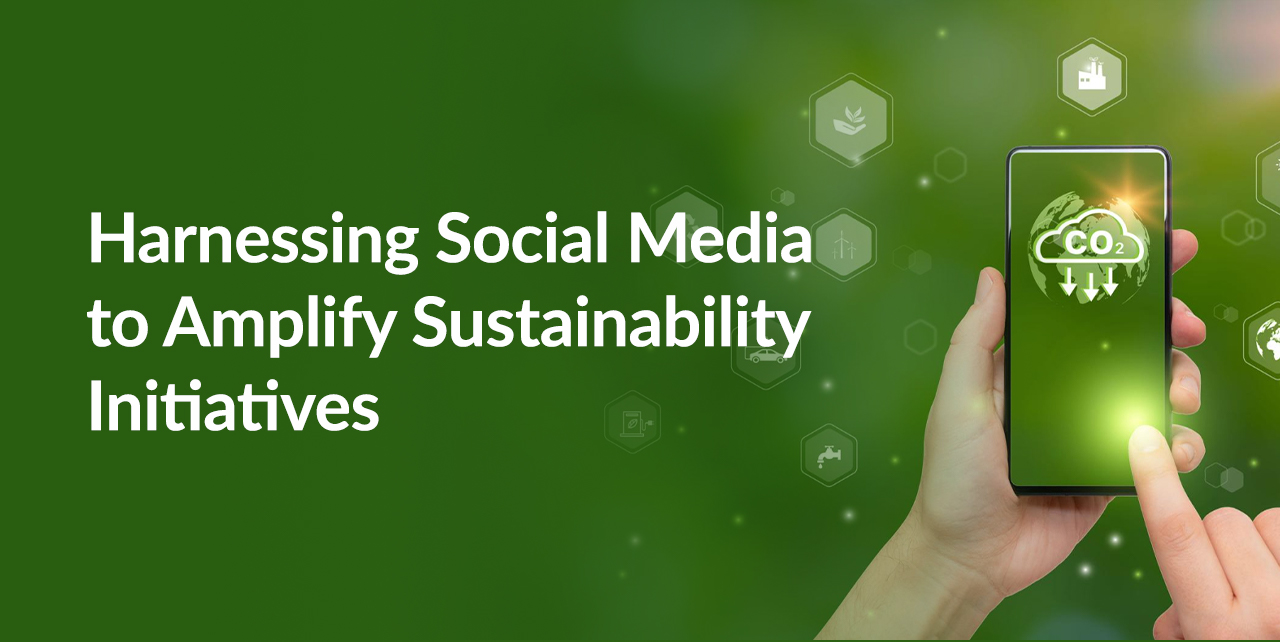In the digital age, social media has emerged as a potent catalyst for sustainability advocacy. For organizations committed to environmental stewardship, these platforms offer unprecedented opportunities to amplify impact, foster community engagement, and drive meaningful change. This guide explores innovative strategies to maximize the reach and effectiveness of sustainability campaigns across various social media channels.
Why Social Media Matters for Sustainability
Social media isn’t just about sharing content; it’s about building communities, influencing opinions, and driving action. For sustainability efforts, social media offers:
- Raising Awareness: Platforms like Instagram, Twitter, LinkedIn, and Facebook serve as global stages to rapidly disseminate information about pressing environmental issues and sustainable practices.
- Direct Engagement: Interactive features such as polls, comments, and shares enable brands to forge genuine connections with their audience, cultivating a shared sense of purpose.
- Driving Action: Through strategic content, social media can motivate followers to adopt eco-friendly habits, support sustainable products, and participate in environmental campaigns.
Crafting Compelling Content for Sustainability
Different types of content resonate with different audiences. By aligning your content with the right platforms, you can effectively raise awareness, educate, and motivate action.
1. Educational Content: : Illuminating Complex Issues
Educational content lays the foundation for raising awareness. It’s about delivering data-driven, informative, and easily digestible content that educates your audience on sustainability issues.
– Infographics: Use visually appealing infographics to present complex data, such as environmental statistics or the lifecycle of sustainable products.
Best Platforms: Instagram for visual appeal, LinkedIn for professional audiences.

– How-To Guides and Tutorials: Empower your audience with step-by-step guides on adopting sustainable practices, like recycling or reducing carbon footprints.
Best Platforms: YouTube for video tutorials, Medium for in-depth written guides.

2. Visual Storytelling: Bringing Sustainability to Life
Visual storytelling makes sustainability efforts tangible and relatable by showing rather than telling.
– Photo Essays and Visual Journeys: Capture and share the story behind your sustainability initiatives, whether it’s sourcing materials, reducing waste, or community outreach.
Best Platforms: Instagram for captivating images, Pinterest for curated eco-friendly lifestyle changes.
– Short Videos and Reels: Create quick, engaging snippets that showcase sustainable practices, from eco-friendly packaging to employee stories.
Best Platforms: TikTok and Instagram for viral short-form content, Threads for visual content with concise messaging.
3. Interactive Content: Fostering Community Engagement
Interactive content engages the audience directly, fostering a community-driven approach to sustainability.
– Polls and Quizzes: Engage your audience by asking about their sustainability habits or opinions on environmental issues.
Best Platforms: Twitter (X) for real-time interaction, Instagram Stories for instant feedback.
– User-Generated Content (UGC): Encourage followers to share their own sustainability journeys, creating a vibrant community of eco-advocates.
Best Platforms: Facebook for community engagement, Reddit for niche sustainability discussions.

4. Transparency and Accountability: Building Trust
Transparency builds trust. Openly sharing your sustainability goals and progress fosters stronger connections with your audience.
– Impact Reports and Case Studies: Share detailed reports on your sustainability initiatives, highlighting both successes and areas for improvement.
Some examples are, The future of sustainability manufacturing , Novo Nordisk’s effort on sustainable healthcare
Best Platforms: LinkedIn for professional credibility, Medium for long-form content.
– Behind-the-Scenes Content: Offer glimpses into your sustainability processes, from eco-friendly product development to innovative waste management solutions.
Best Platforms: Instagram for Reels or Stories, YouTube for in-depth video content.
5. Advocacy and Awareness: Driving Collective Action
Advocacy content drives change by raising awareness and encouraging collective action.
– Campaigns and Movements: Launch campaigns that advocate for environmental issues, such as reducing single-use plastics or promoting renewable energy.
Best Platforms: Twitter (X) for building momentum, Instagram for visual storytelling.
– Collaborations with NGOs and Influencers: Partner with organizations and influencers to amplify your message and reach new audiences.
Best Platforms: LinkedIn or Facebook for organized campaigns, Instagram for influencer-driven engagement.

Measuring Impact: Beyond Likes and Shares
To ensure your social media strategies are effective, it’s essential to measure their impact through various metrics:
– Engagement Rate: Track likes, shares, comments, and interactions to gauge content resonance.
– Reach and Impressions: Monitor how many people see your posts and how often your content is displayed.
– Conversion Rate: Measure the success of specific calls to action, such as signing up for a campaign or purchasing a product.
– Sentiment Analysis: Analyze comments and discussions to understand the audience’s perception of your sustainability initiatives.
Overcoming Challenges in Sustainability Communication
While social media is powerful, there are challenges to consider:
– Avoid Greenwashing: Ensure that all claims are backed by facts and data. Transparency is crucial in maintaining trust.
– Consistency: Maintain a regular posting schedule to keep your audience engaged and informed.
– Constructive Criticism: View negative feedback as an opportunity for growth and improvement in your sustainability efforts.
Social media provides an unparalleled platform to champion sustainability and catalyze meaningful change. By crafting authentic, engaging content and strategically leveraging diverse platforms, brands can forge stronger connections with their audiences and contribute to a more sustainable world. Whether through enlightening educational content, compelling visual narratives, or impactful advocacy campaigns, those who harness the power of social media for sustainability will lead the vanguard in shaping a greener, more sustainable future.
As you embark on your sustainability journey in the digital realm, remember that every post, share, and interaction has the potential to inspire change. By consistently delivering valuable, authentic content, you’re not just building a brand—you’re nurturing a community committed to environmental stewardship. Embrace this digital revolution in sustainability communication, and watch as your efforts ripple out to create waves of positive change across the globe.


